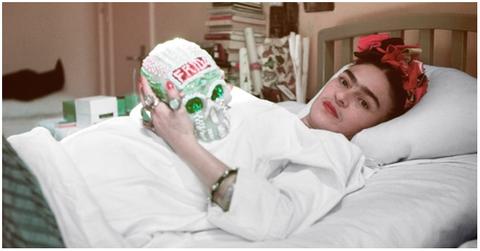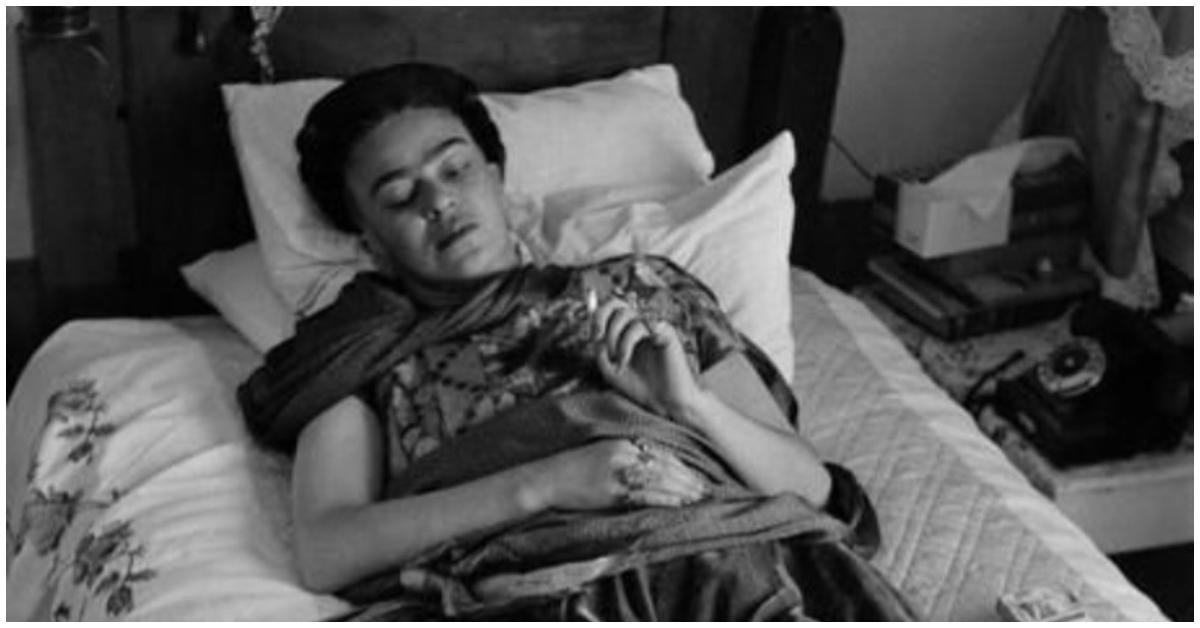Frida Kahlo Turned Her Pain Into a Legendary Career as a Prolific Painter
Frida Kahlo's personal tragedies became the inspiration behind her greatest paintings.
Published April 9 2025, 3:13 p.m. ET
Renowned Mexican artist Frida Kahlo is known as one of the world's most prolific artists. Her life and work has been celebrated in the art world and in pop culture, namely in her 2002 biopic where she was portrayed by Salma Hayek. Frida gained fame for her work during the 20th century with her deeply personal, surrealist self-portraits and bold expressions of pain, identity, and resilience.
Frida's painting career didn't begin due to her love for the arts, though that passion became apparent in her work. So, why did shestart painting in the first place? Let's dive into how she turned her pain into a legendary career.
Why did Frida Kahlo start painting?
Frida's foray into painting and art came after a tragic accident changed the course of her life. According to her biography, she suffered multiple injuries after surviving a bus accident, including a broken spine, pelvis, and leg. The accident left her bedridden for months, undergoing numerous surgeries and enduring chronic pain for the rest of her life. It was during this period of physical recovery and emotional isolation that she turned to painting as a way to cope.
While in a body cast, Frida decided to prioritize her craft. Although she had a passion for art at a young age, she never saw it as a feasible source of income. She initially wanted to be a doctor and was practicing medicine when the accident occurred.
Frida Kahlo's accident inspired her signature self-portraits.
Frida's accident would go on to affect her life, as she would have 30 operations from 18 to the time she died at age 47 in 1954. Her time in between surgeries were filled with a lot of bed rest, which later inspired the birth of her famous self-portraits, which would become the core of her artistry. Her bio states that of the 143 paintings she created in her lifetime, 55 are self-portraits.
Many of Frida's works would go on to depict the real struggles she endured in her career and her personal life, namely her marriage to fellow artist Diego Rivera. Frida and Diego had a tumultuous relationship, marked by multiple affairs on both sides. In one of her pieces, Self-Portrait With Cropped Hair (1940), Frida is depicted in a man's suit, holding a pair of scissors, with her fallen hair around the chair in which she sits. This represents the times she would cut the hair Diego loved when he had affairs.
Another painting from 1937, Memory, the Heart, shows Kahlo's pain over her husband's affair with her younger sister Christina. A large broken heart at her feet shows the intensity of Kahlo's anguish. Frida Kahlo and Diego Rivera divorced in 1939, but reunited a year later and remarried.
By the time she passed away in 1954, Frida had become a global icon. Today, her art is celebrated in major museums and fashion collections alike. From Vogue covers to murals to flower crowns around the world, Frida’s impact is undeniable.

